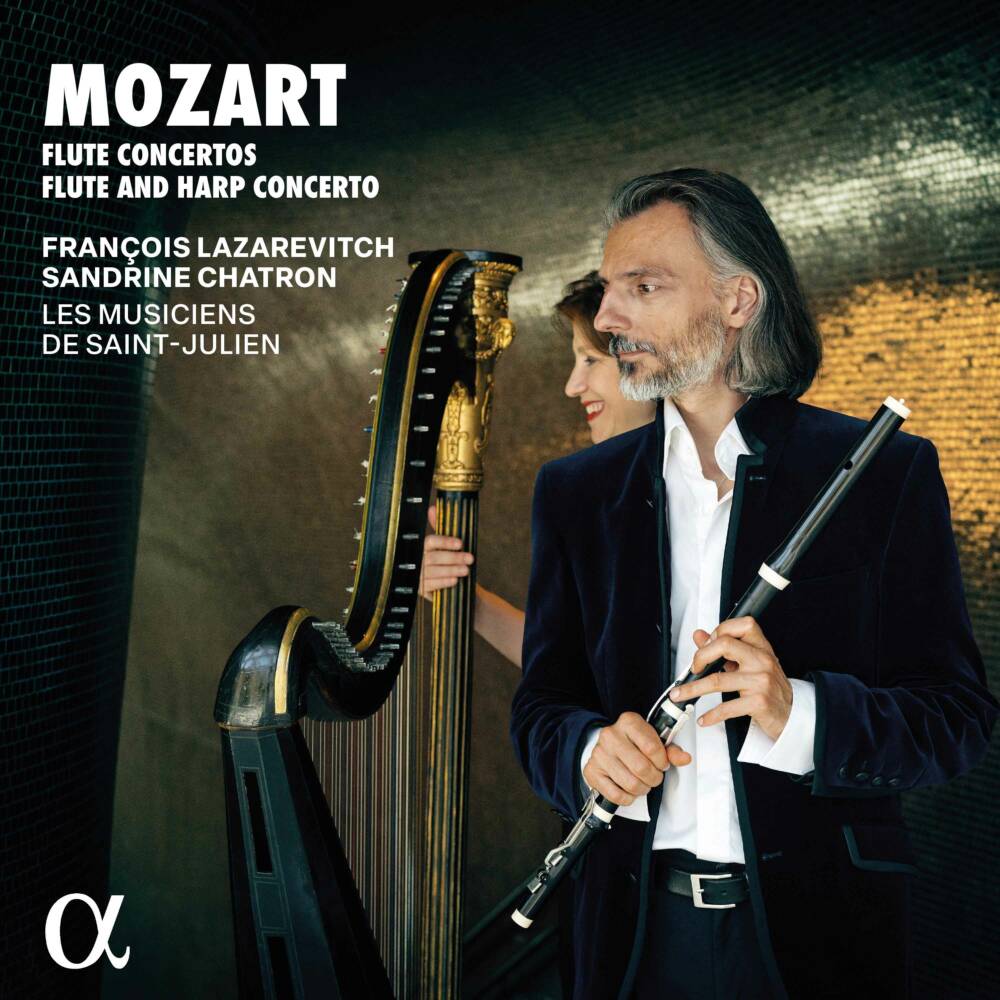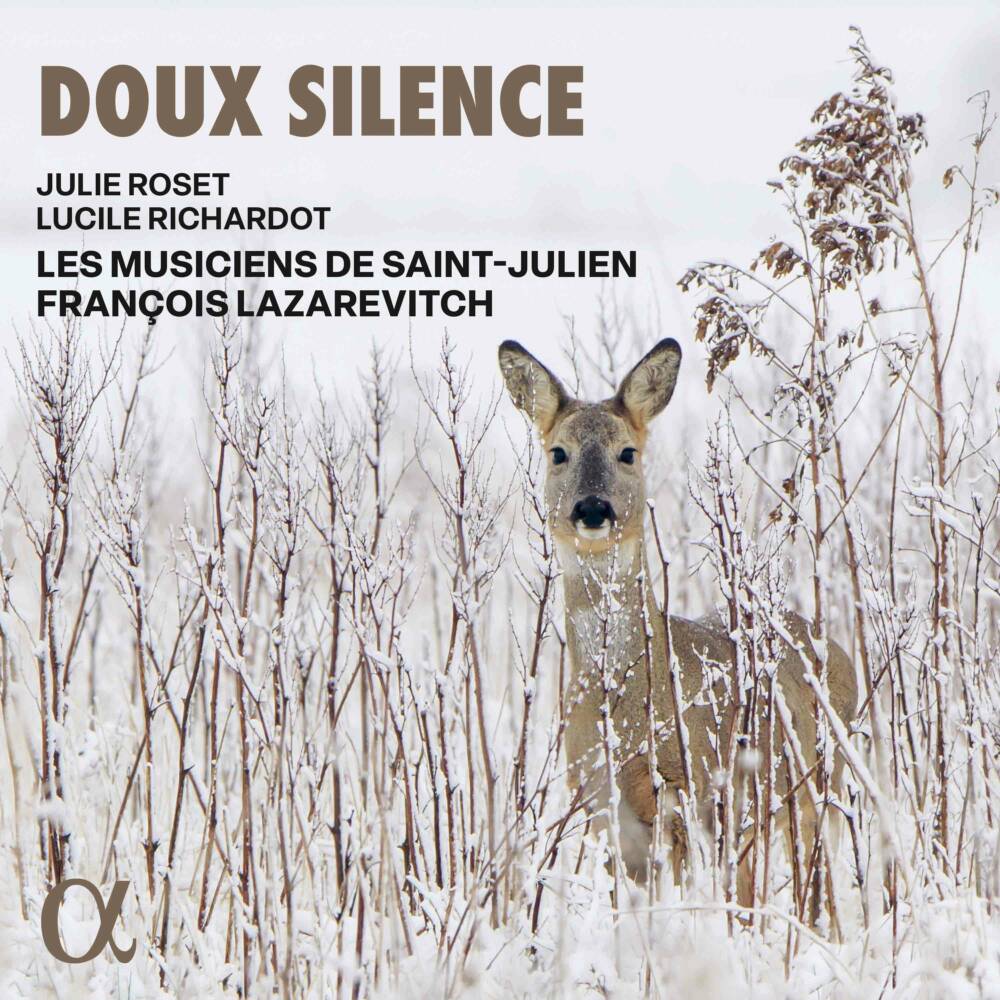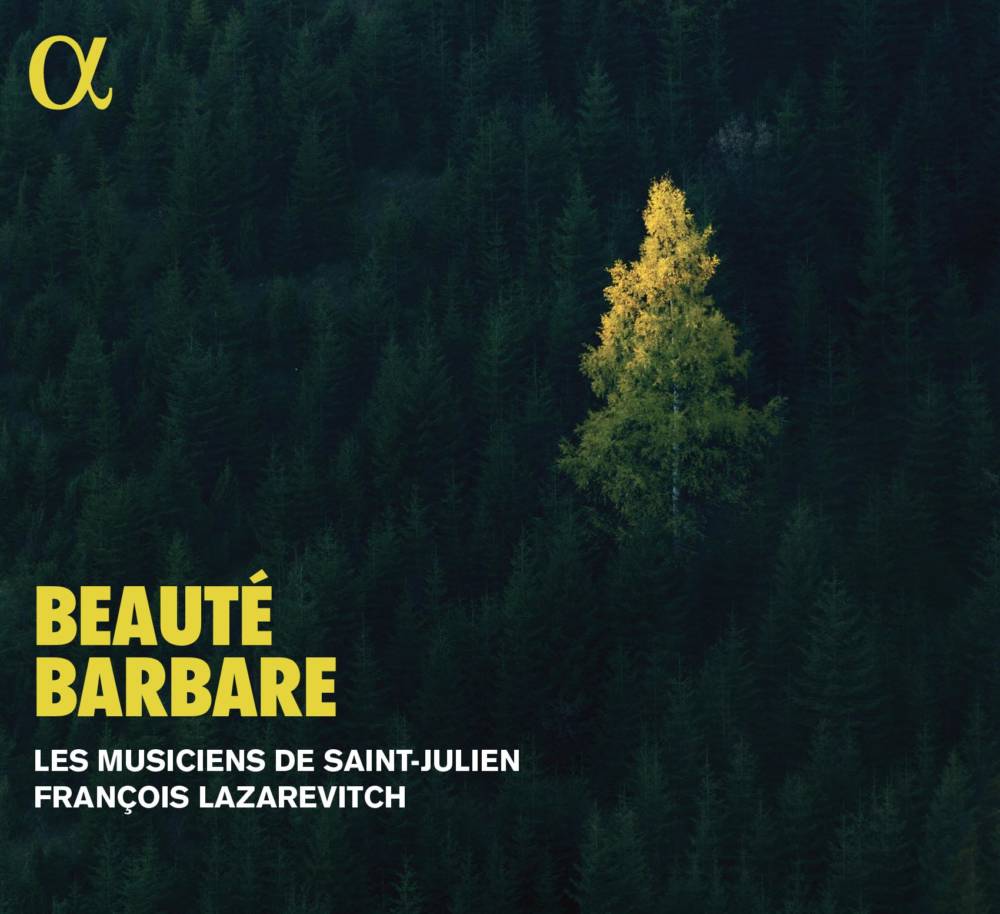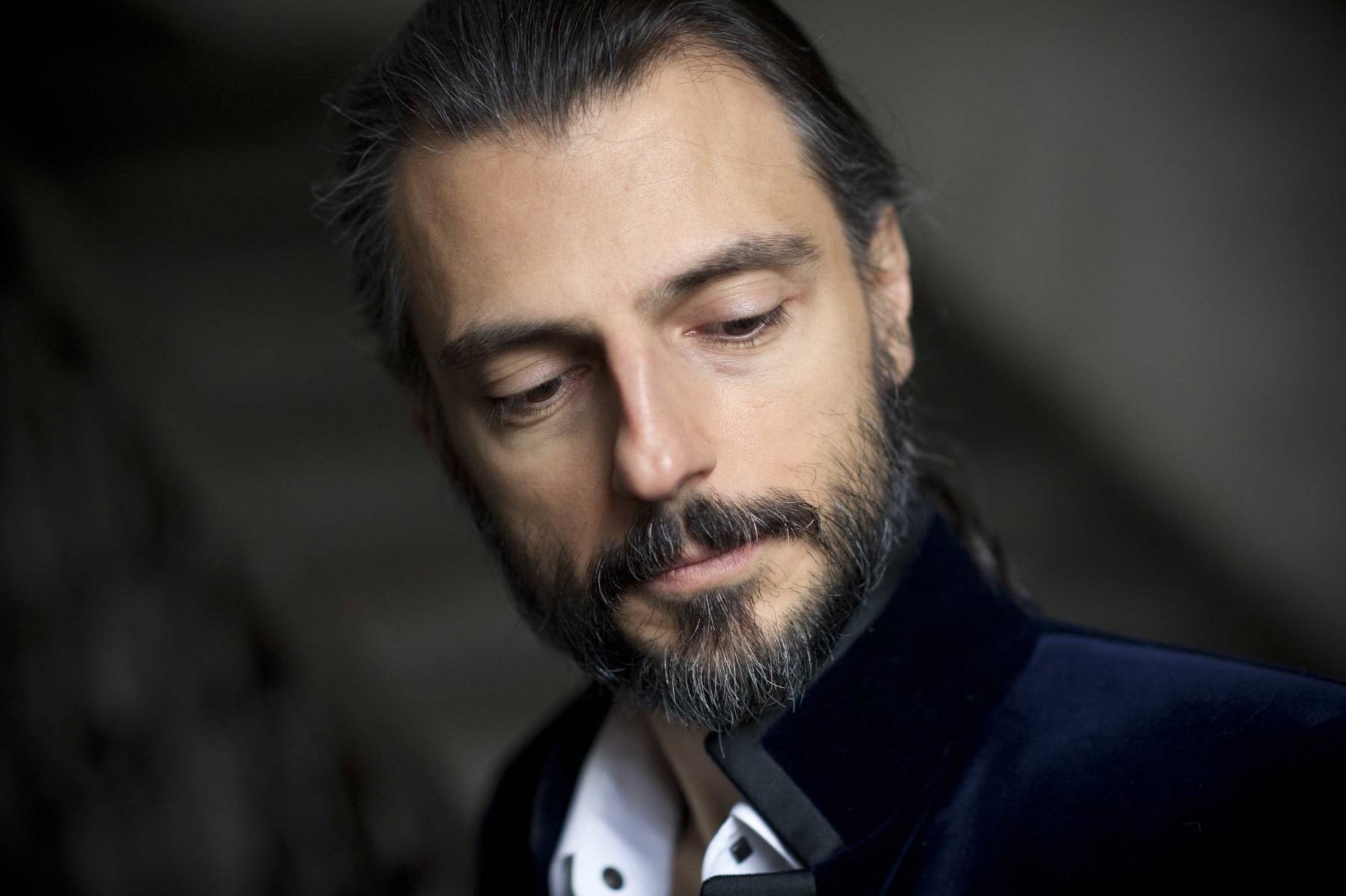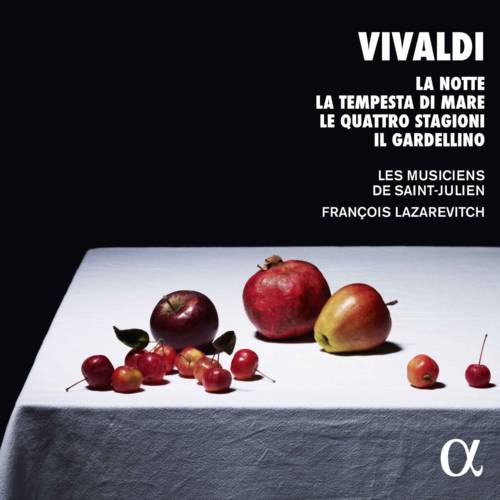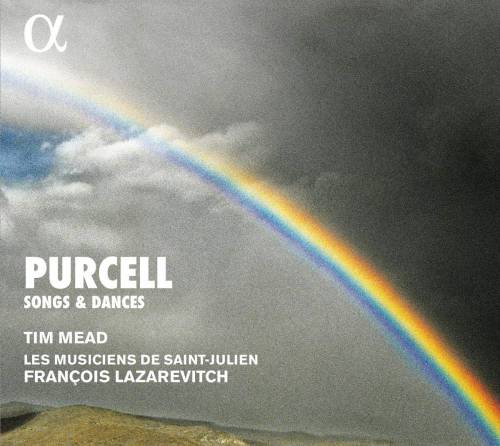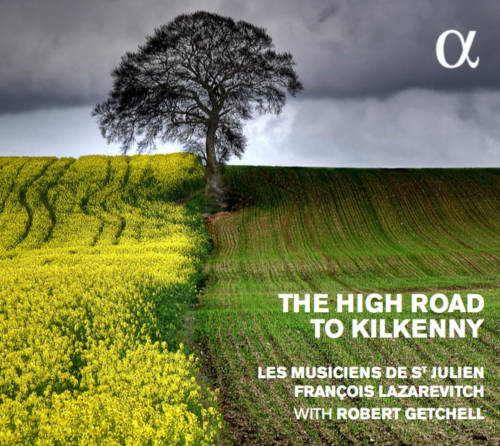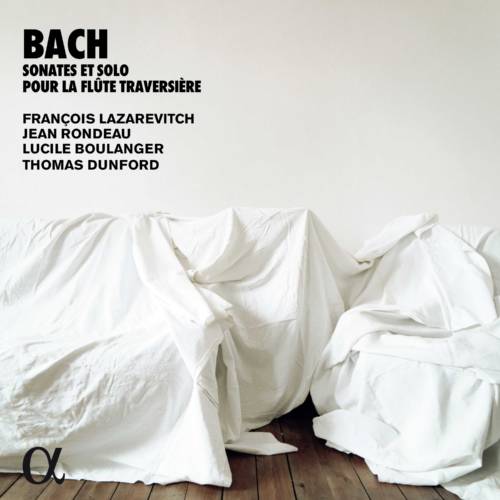JS Bach,
The Brandenburg Concertos
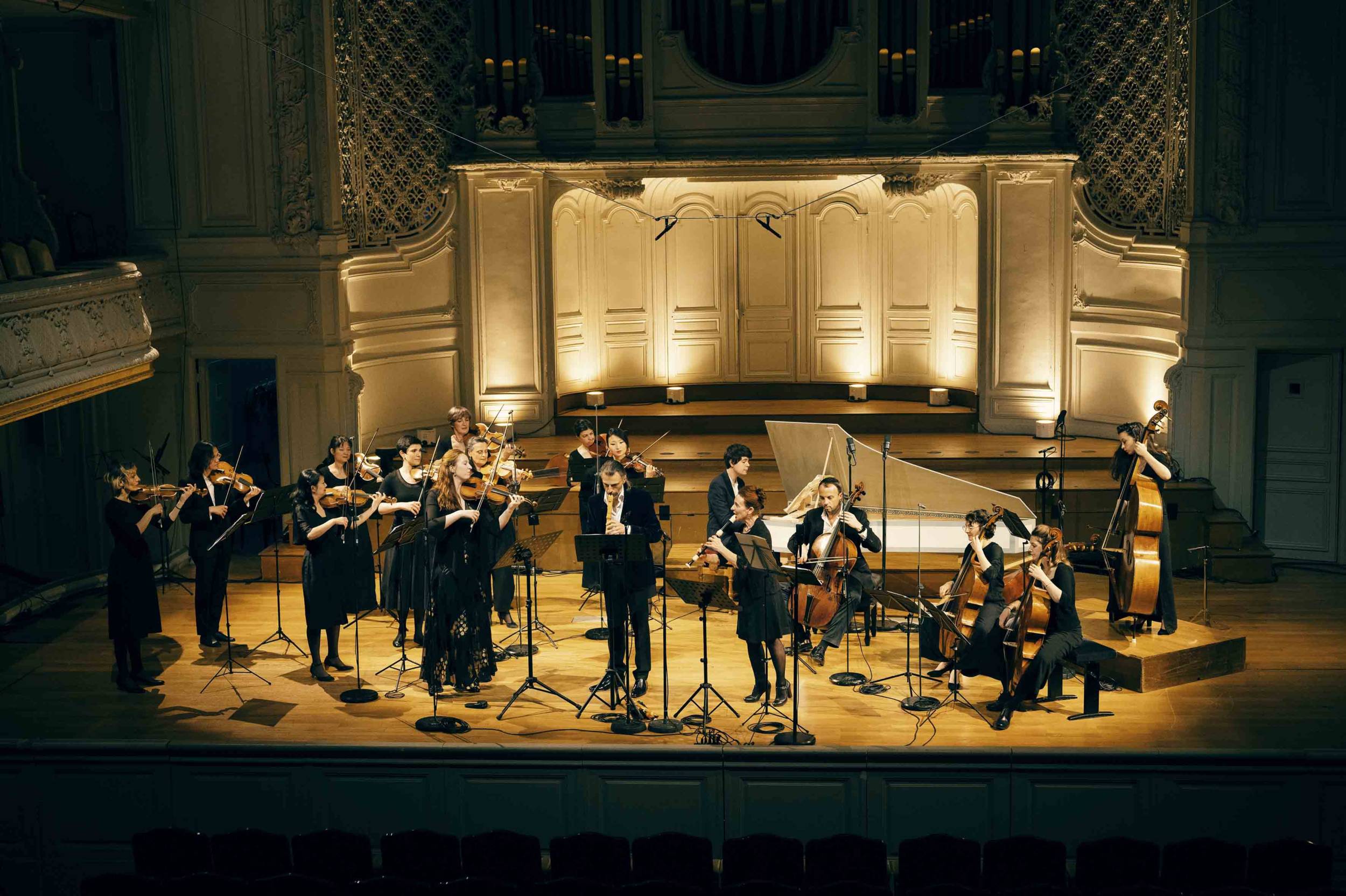
The six Brandenburg Concertos are astonishingly diverse, both in terms of formal structure and instrumentation. But above all, none of them is strictly linked to a particular style used at the time: concerto grosso or soloistic, French or Italian style, austere counterpoint or pure virtuosity. On the contrary, the six concertos seem to be a synthesis of the musical art of their time. It would no doubt be excessive to make this collection the ‘concertante’ counterpart of other works such as The Art of Fugue by the same Bach, for example. However, it is not unlikely that Bach’s motivation was to present the dedicatee of the work, the Margrave of Brandenburg, with ‘his art of the concerto’.
1721, Johann Sebastian Bach dedicated his 6 Brandenburg Concertos to Prince Leopold of Anhalt-Coethen. Bach was 36 years old. Prince Leopold, 10 years Bach’s junior, appreciated him and offered him exceptional working conditions. This was to be a period of abundant writing. The richness and variety of the orchestration of the 6 Brandenburg concertos proves it without a doubt.
In terms of form, the concertos thwart uniformity and tradition. Bach enjoys experimentation. Of course, these are concerti grossi, but the deliberate emphasis on certain instruments in the group of instruments seems to lead us towards the solo concerto: we are quite simply overwhelmed by the impressive harpsichord cadenzas of the 5th concerto. The listener may not immediately grasp the extraordinary subtlety of the writing, but it is there: from virtuoso features to contrapuntal and polyphonic writing. The ensemble leaves one in awe of the richness, the brilliance, the life that emerges from these exceptional works assembled under the title of Brandenburg Concertos. JS Bach’s imagination, which seems inexhaustible, still brings us a kind of jubilation when listening to this music, which reflects the solidity of the inner bliss of this exceptional composer. For Les Musiciens de Saint-Julien and François Lazarevitch, who are always in search of cohesion and vital expression, it was only natural to engage with this score…
Translation: Christopher Bayton
22 musicians
François Lazarevitch : transverse flute, recorder & direction
Théotime Langlois de Swarte : violin
Elsa Frank : recorder, oboe
Jean-François Madeuf : trumpet
Justin Taylor : harpsichord
7 violins, 3 altos, 3 cellos, 2 violas da gamba, 2 double basses, 2 recorders, 3 oboes, bassoon, trumpet, 2 horns, harpsichord
Approx 2h
Programme
Concerto I en fa majeur BWV 1046 pour violon piccolo, cordes, 3 hautbois, 2 cors, basson et BC
(sans indication de tempo) – Adagio – Allegro – Menuet – Trio I – Polonoise – Trio II
Concerto II en fa majeur BWV 1047 pour flûte à bec, trompette, hautbois et violon, cordes et BC
(sans indication de tempo) – Adante – Allegro
Concerto III en sol majeur BWV 1048 pour 3 violons, 3 altos, 3 violoncelles et BC
Allegro – Adante – Allegro
Concerto IV en sol majeur BWV 1049 pour violon et 2 flûte à bec, cordes et BC
Allegro – Andante – Presto
Concerto V en ré majeur BWV 1050 pour clavecin, flûte traversière et violon, cordes et BC
Allegro – Affetuoso – Allegro
Concerto VI en si bémol majeur BWV 1051 pour 2 altos, 2 violes de gambes, 1 violoncelle et BC
Allegro – Adagio – Allegro
